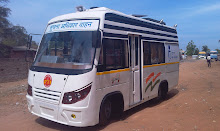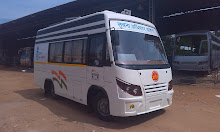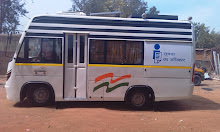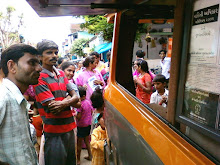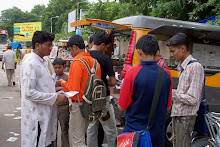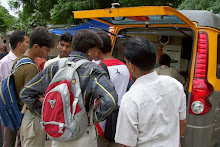The Sunday Guardian: New Delhi: Sunday, June 04, 2017.
Officials
working in the Ministry of Home Affairs continue to hide the findings and the
contents of the report of the N.N. Vohra Committee, which was constituted more
than 24 years ago to unearth the criminalisation of politics and the nexus
among criminals, bureaucrats and politicians. The MHA (Internal Security
Division), while replying to an RTI query, has stated that the minutes of the
meetings related to the N.N. Vohra Committee are not available with it. This
has led to speculation that the 100 plus pages report might have been
“misplaced”. The MHA has declined to share the file notings of the committee
meetings, terming them as “secret”.
This reporter
had filed an RTI query with the Ministry of Home Affairs (Internal Security
Desk) seeking the details of minutes of the meetings and the file notings,
related to the N.N. Vohra Committee report that had become a part of the
government record since 1 May 2009.
However, in
its reply, the MHA, while refusing to share the details, stated that “minutes
of the meetings related to the NN Vohra committee report are not available in
the offices of which the undersigned is the CPIO. As regards the file notings
is concerned, it cannot be provided as required document is a classified/secret
document under section 8(1) (h) of the RTI act, 2005.”
What the MHA
has termed as “secret”, according to officials familiar with the development,
is nothing but the details as to how politicians and bureaucrats helped
criminals, including underworld don Dawood Ibrahim to commit crimes, including
the 1993 Mumbai blast.
Senior
intelligence agency officials, who had followed Ibrahim, said that the findings
of the N.N. Vohra Committee report were “very explosive” as it had found out
and named senior politicians and bureaucrats working for Dawood.
The
Committee, led by former Home Secretary N.N. Vohra, who is presently the
Governor of Jammu and Kashmir, was constituted in July 1993 soon after the
March 1993 Mumbai serial bomb blasts “to take stock of all available
information about the activities of the crime syndicates/mafia organizations
which had developed links with, and were being protected by Government
functionaries and political personalities.”
The findings
of the Committee were submitted to the government in October 1993.
However, it
was not until August 1995, when the Central government, facing the heat in the
Naina Sahni murder case, agreed to table the report before Parliament. However,
the government, under political compulsion, refused to share the major findings
of the report and later went to the Supreme Court and took a stay order from
making the findings of the report public.











